Can Robert Saleh’s defensive vision buck the trends of history?
Robert Saleh‘s blueprint for the future of his New York Jets team hasn’t changed following another three-score loss, their fifth of the season.
In his postgame press conference after New York’s recent loss to New Orleans, Saleh explained, “The path is crystal clear where this organization needs to go and the coaches, the players, from the top down, it’s very, very, clear we have to use the next four weeks to cement what we’re thinking we have to do and attack everything.”
Saleh continued, “It’s going to flip. This is the crappy part of the process, but it’s not discouraging. We have a lot of young guys getting a lot of playing time, and I can promise you they’re learning from this.”
To Saleh’s credit, patience is warranted, especially considering the Jets lead the league in snaps played by rookies (on top of their plentiful injuries).
However, Saleh is a defensive coach currently fielding the league’s worst defense based on points per game allowed (30.5) and second-worst based on yards per game (392.8).
According to Saleh, the Jets are on their way to building the defense they envision. What should fans expect that vision to look like?
A month ago, I wrote about the Jets’ defensive philosophy under Saleh and its origins, the Pete Carroll Seahawks. Saleh joined Carroll’s staff in Seattle as the defensive quality control coach in 2011 and remained in the position until 2014, where he followed Seattle defensive coordinator Gus Bradley to Jacksonville to be Bradley’s linebacker coach. In 2017, Saleh landed his first coordinator job under Kyle Shanahan in San Fransisco and ran the same 4-3 Cover-3 scheme as his previous mentors.
Saleh is a big believer in the system after seeing it work with his own eyes. When he became head coach of the Jets, Saleh hired Atlanta linebackers coach Jeff Ulbrich as his defensive coordinator. Ulbrich is a disciple of former Falcons head coach Dan Quinn, who himself was a Carroll pupil in Seattle. In fact, all but one member of the Jets’ defensive staff has spent previous time in Seattle, Jacksonville, San Fransisco, or Atlanta, all teams within Carroll’s coaching tree.
Since the 2013 Seahawks stunned Peyton Manning’s Broncos in the Super Bowl, the NFL, ever a copycat league, has been trying to recreate their success. Bradley and Quinn both landed head jobs after stints as Seattle’s defensive coordinator. Saleh turned his coordinator job in San Francisco into a head gig in New York.
Other teams such as the Vikings, Dolphins, and Bengals hired coaches who ran similar schemes but never worked under Carroll. “Cover-3 Press Bail”, as it’s commonly referred to, was permeating the league from every angle.
However, the worrisome truth behind Saleh’s philosophy is this: recent history shows no team besides the Seahawks themselves has been able to maintain success using Carroll’s defensive vision.
The Pete Carroll defense is difficult to sustain and needs elite talent to thrive
Since 2013, there have been 28 total individual defenses under the Carroll tree: the 2013-2021 Seahawks, the 2014-2020 Jaguars, the 2015-2020 Falcons, the 2017-2020 49ers, the 2018-2019 Cowboys under Kris Richard, and the 2021 Jets. Of those 28 defenses, eight finished in the top five of their respective seasons (based on yards per game), only 29% of the time.
Without Seattle included, that number drops to 14%.
The Seahawks are the only Carroll-tree defense to finish top five in total yards per game more than twice, doing so for four straight years from 2013-2016. The only other teams to crack the top five at all were the Jaguars and 49ers, both doing so in back-to-back seasons, 2017-2018, and 2019-2020 respectively.
Apart from Saleh himself, which is admittedly an encouraging sign, a common denominator besides scheme between those teams was elite talent.
Ten different players started at least three of the four years the Seahawks ranked top five in total defense, rare continuity for the modern NFL. Across that same timespan, seven of those 10 players earned a combined 18 Pro-Bowl appearances and six All-Pro nods: Michael Bennett, Cliff Avril, Bobby Wagner, K.J. Wright, Richard Sherman, Earl Thomas, and Kam Chancellor.
Wagner, Wright, Sherman, Thomas, and Chancellor started all four seasons, forming the bedrock of the “Legion Of Boom”.
The 2017-2018 Jaguars defense was a similar story of continuity and talent. Nine different players started both years, with six of the nine combining for eight Pro-Bowls and two All-Pros: Yannick Ngakoue, Malik Jackson, Calais Campbell, Telvin Smith, Jalen Ramsey, and A.J. Bouye.
Ramsey and Bouye formed the best cornerback duo in the league while the pass rush of Ngakoue, Campbell, and Jackson crushed opposing quarterbacks. The unit was on fire from their first game together in 2017 when they notched 10 sacks against Houston, a season that ended in an AFC Championship loss to New England.
Saleh’s best years as San Fran’s DC, 2019-2020, are where things started to change, although only slightly. The overall talent of the unit didn’t match its predecessors, but its continuity did.
The Niners had six players start both seasons, with only a single player earning one Pro-Bowl and one All-Pro: linebacker Fred Warner. The 2019 49ers reached the Super Bowl on the backs of their star-studded defensive line, led by Nick Bosa, the Defensive Rookie Of The Year winner that season. Arik Armstead and DeForest Buckner added to the unit.
In 2020, the injury bug struck San Fransisco, taking down three former starters for extended periods of time, Bosa, cornerback Richard Sherman, and safety Jaquiski Tartt. With his talent depleted, Robert Saleh surprisingly abandoned his tried-and-true Carroll-inspired philosophy for a more modern Match-Quarters defense. As a result, the Niners defense stabilized despite their injuries and finished the year ranked fifth.
While it’s too early to tell whether San Fransisco will meet the same fate, another commonality between Seattle and Jacksonville is a rapid decline.
The Seahawks’ defense quickly fell off a cliff after 2016. They finished 11th in total yards per game in 2017, and 16th in 2018, their first year without Earl Thomas, Kam Chancellor, Richard Sherman, and Michael Bennett. The following year, they ranked 26th.
Despite ranking fifth in total defense in 2018, the Jaguars ended the year with a 5-11 record, unable to replicate their success from a year earlier. Jalen Ramsey was traded to the Rams the next offseason, and the Jags’ defense immediately took a nosedive, ranking 24th in total defense in 2019. In 2020, they fell to 31st.
The main reasons for the decline are exiting talent and adjusting offenses.
The salary cap makes it nearly impossible to retain all the talent required to keep the scheme operating at full strength. The Seahawks were only able to keep their core together so long because key players like Wagner and Sherman played at elite levels while still on rookie contracts. Once that core was gone, their defense fell apart.
In Jacksonville, Ramsey allowed the Jags’ coaches to bracket their coverage towards Bouye by playing man coverage with no help on his side. The rest of the talent couldn’t make up for Ramsey’s absence and the change back to more traditional coverages, dropping nineteen spots in total yard rankings in one season.
Just as teams tried to recreate the Seahawks’ suffocating defense, the copycat NFL wasted no time stealing their kryptonite.
In the 2017 Super Bowl, Patriots running back James White caught a Super Bowl record 14 passes against Dan Quinn’s Atlanta defense. With the whole league watching, New England famously crawled back from a 28-3 deficit to win 34-28 in overtime, with White catching two passes on the Pats’ final drive.
Other teams took notice; passes to running backs out of the backfield were an easy way to generate yards against this scheme.
Over the years, another weakness to the scheme became apparent: defending the power running game.
The scheme is inherently more equipped to defend the pass, rushing four and dropping seven on most downs. The four rushers are instructed to aggressively charge upfield and get pressure on the passer. Without that pressure, the back end is liable to give up explosive plays when quarterbacks can bUy time. The line has to be aggressive, but that also makes them undisciplined and easily exploited.
Power, counter, and trap runs all work well against this defense by taking advantage of the aggression. The defensive line is too busy getting upfield to read where the play is going, letting offensive lineman easily move them into the wrong gaps.
With Carroll defenses so prevalent around the league, almost every team added these simple concepts to their playbooks and used them religiously when facing said defenses.
Simply put, the league has had this scheme figured out for years, and without literal All-Pro talent to make up for it, the scheme will continue to get burned by the same plays.
The final commonality between the top Carroll teams is the least discussed, but maybe the most important of all: quality offenses to match.
The average offensive ranking for all Carroll-tree teams in the same year their defense cracked the top five was 12th. If you only include each team’s best season, 2014 Seattle, 2017 Jacksonville, and 2019 San Fransisco, the average offensive ranking was sixth.
The scheme is built to feast on teams playing catch-up, not to stop teams that are already ahead. Part of the reason Seattle was able to sustain its success on defense was Russell Wilson’s consistent greatness.
The Niners and Jags, without elite quarterbacks on their rosters, saw their offenses and defenses decline in unison. From 2017-2018, the Jaguars’ defense fell from second overall to fifth, but their offense fell from sixth overall to 27th. The 49ers also saw a defensive drop from second to fifth from 2019-2020, with their offense falling from fourth to 15th over that same time.
Despite multiple attempts by multiple different teams and coaches, nobody has been able to match the Seahawks’ run of excellence. At best, teams have found two-year windows of top-level play that trend towards steep regression afterward. Whatever talent those teams had was then eventually lost either due to cap constraints, injuries, or trades.
It’s fair to argue Seattle was only able to maintain its unique longstanding quality due to incredible luck in the draft, finding Hall-Of-Fame caliber players in Sherman, Wilson, and Wagner outside of the first round. Even at its very best, the Carroll scheme only stayed at the top of the league for four seasons.
Currently, Robert Saleh is deploying a long-term vision for a defense that isn’t structured to work long-term.
According to history, the Jets defense will not become an elite unit unless multiple rookie and second-year players turn into Pro Bowlers within one or two years.
Not only does the entire defense need a massive influx of talent or unexpected improvement at key positions, the offense also needs to improve enough to jump out to early leads routinely and put the defense in a position to play its best.
Even if all that happens, history shows that the Jets will only stay towards the top of the league for a handful of years before eventually collapsing under the weight of their own greatness.
The far more likely scenario is that the Jets will fail to accrue the required amount of talent and their defense will be a middling unit at best.
Saleh seems completely committed to his vision, making a scheme change in the near future seem borderline unfathomable.
Unfortunately, it appears that the Jets defense may have to reach a level of development Saleh feels is adequate, and then subsequently get toasted enough times to make him change his mind as he did in 2020. Don’t expect much change from Gang Green’s defense until then.
Instead, Jets fans must hope and pray to the football gods that Robert Saleh will be the man to rewrite history.

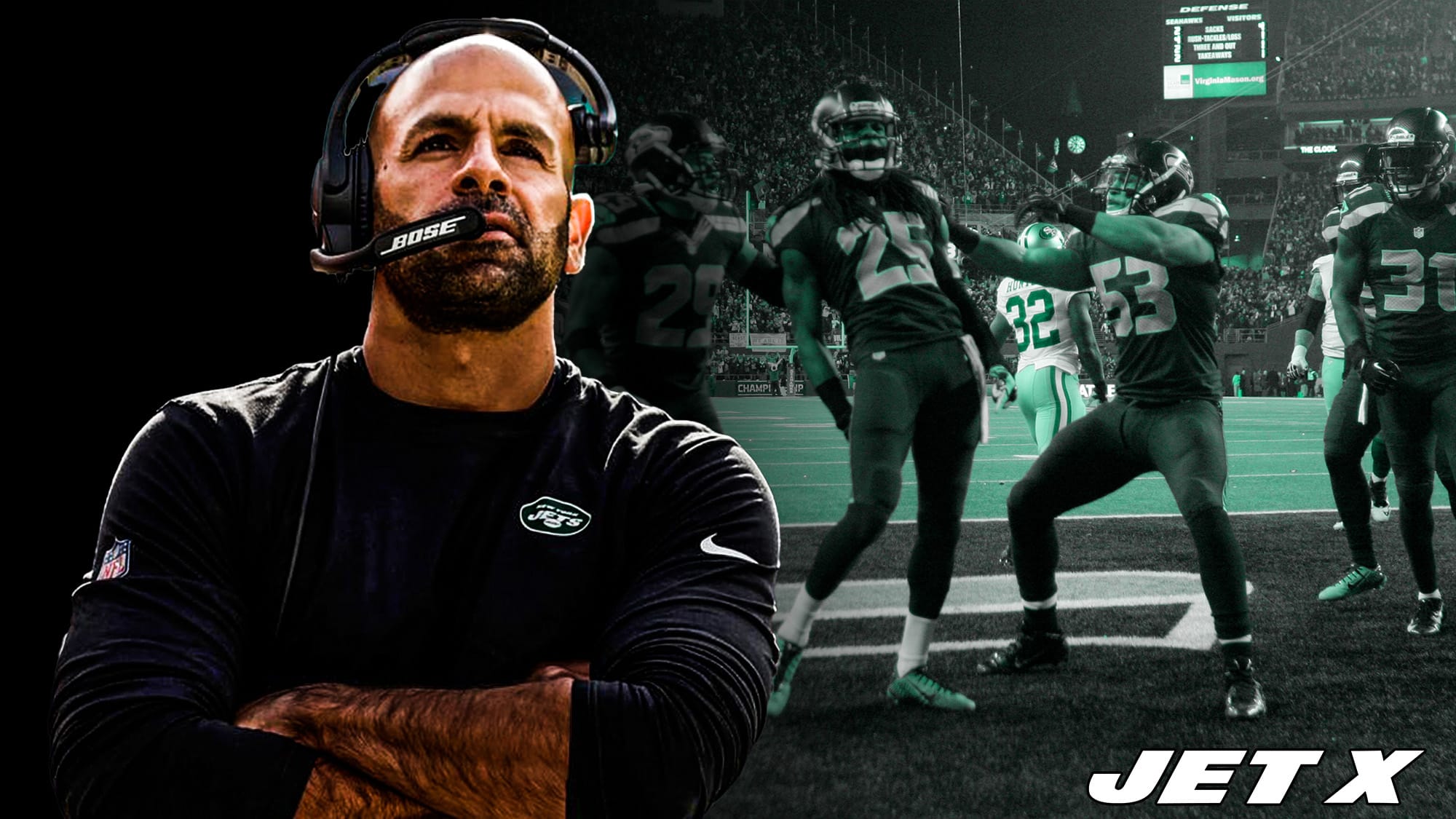




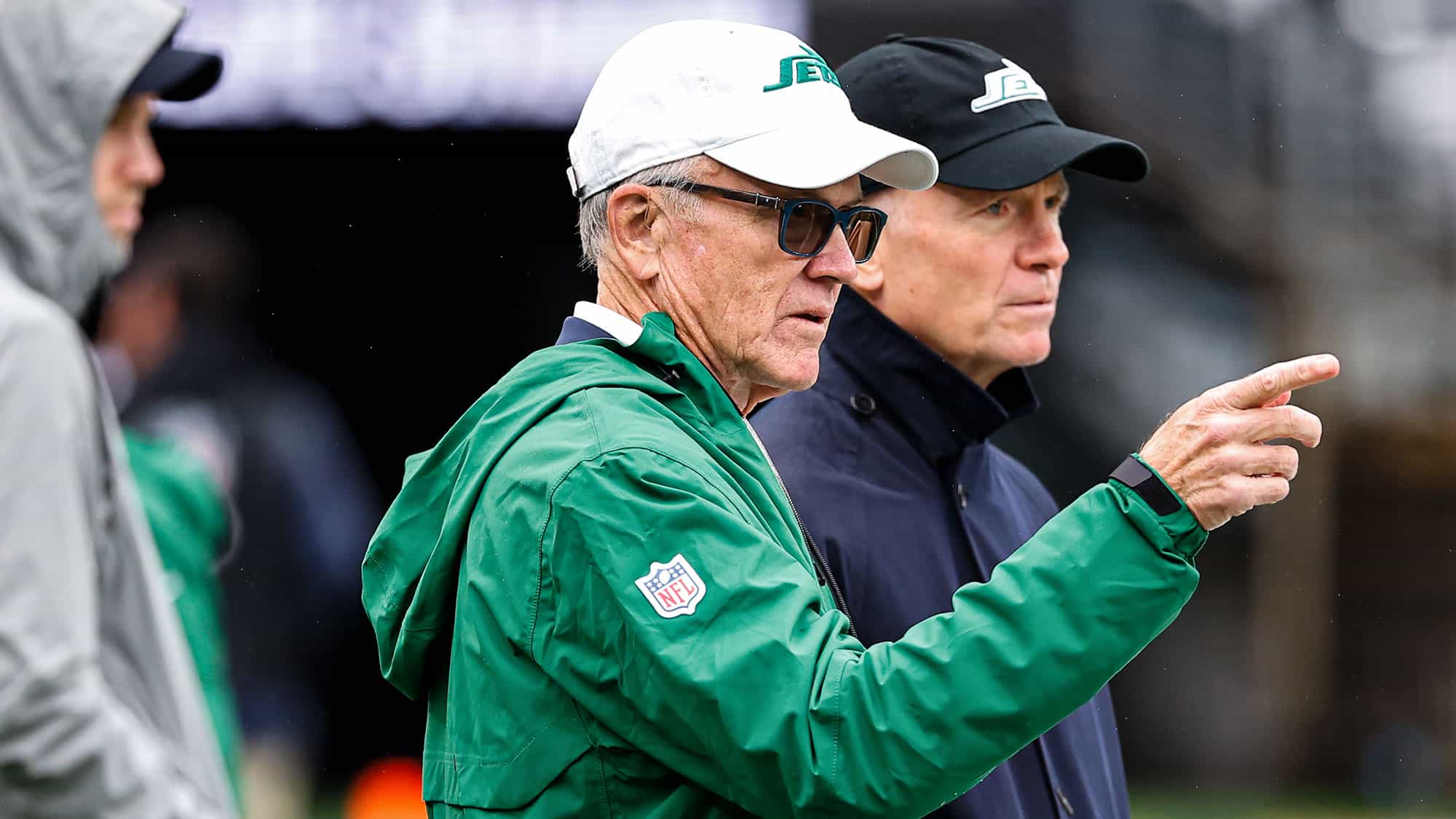

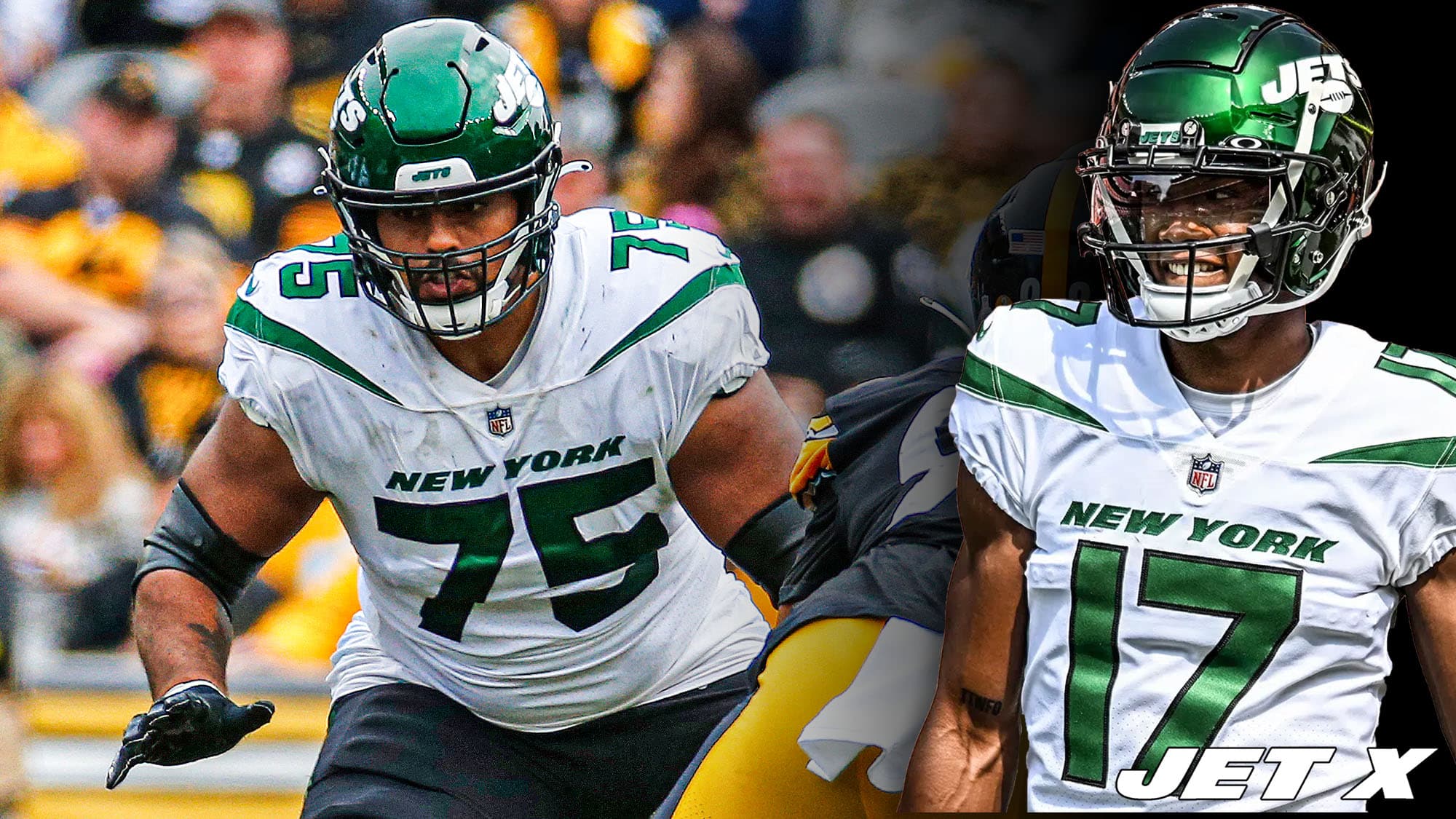
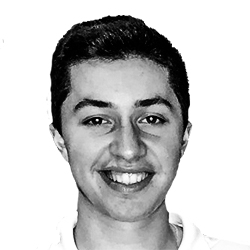


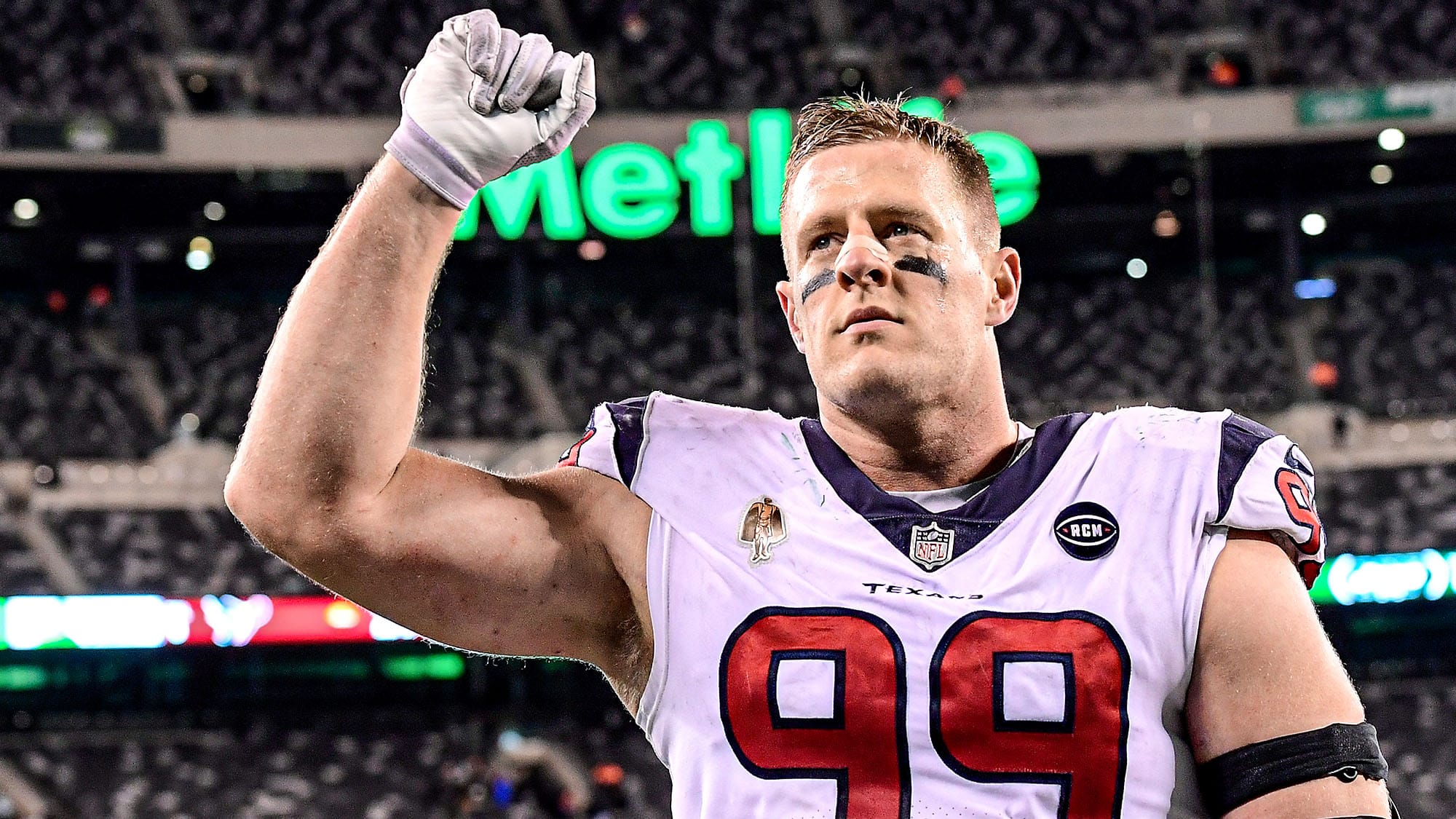

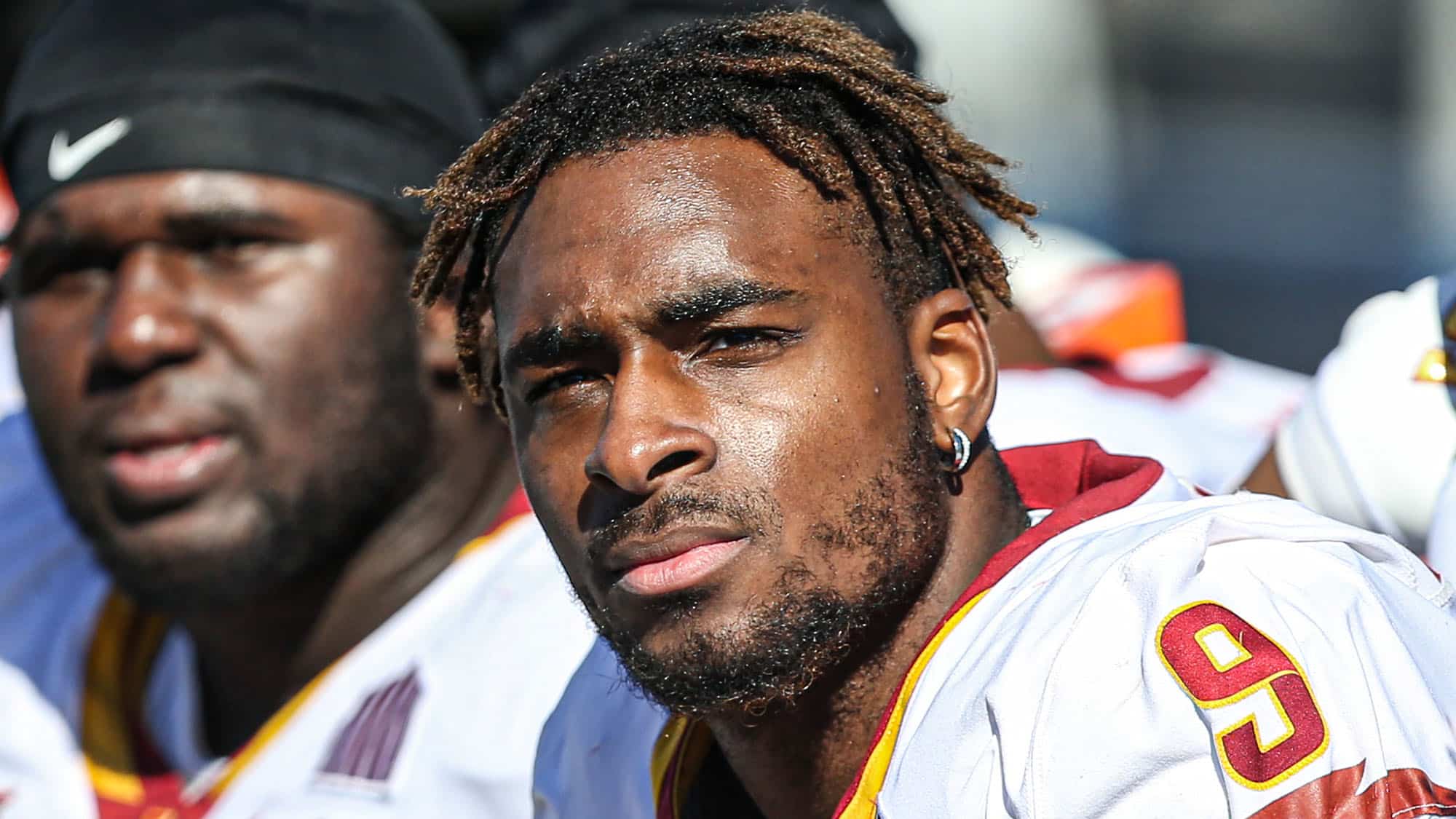
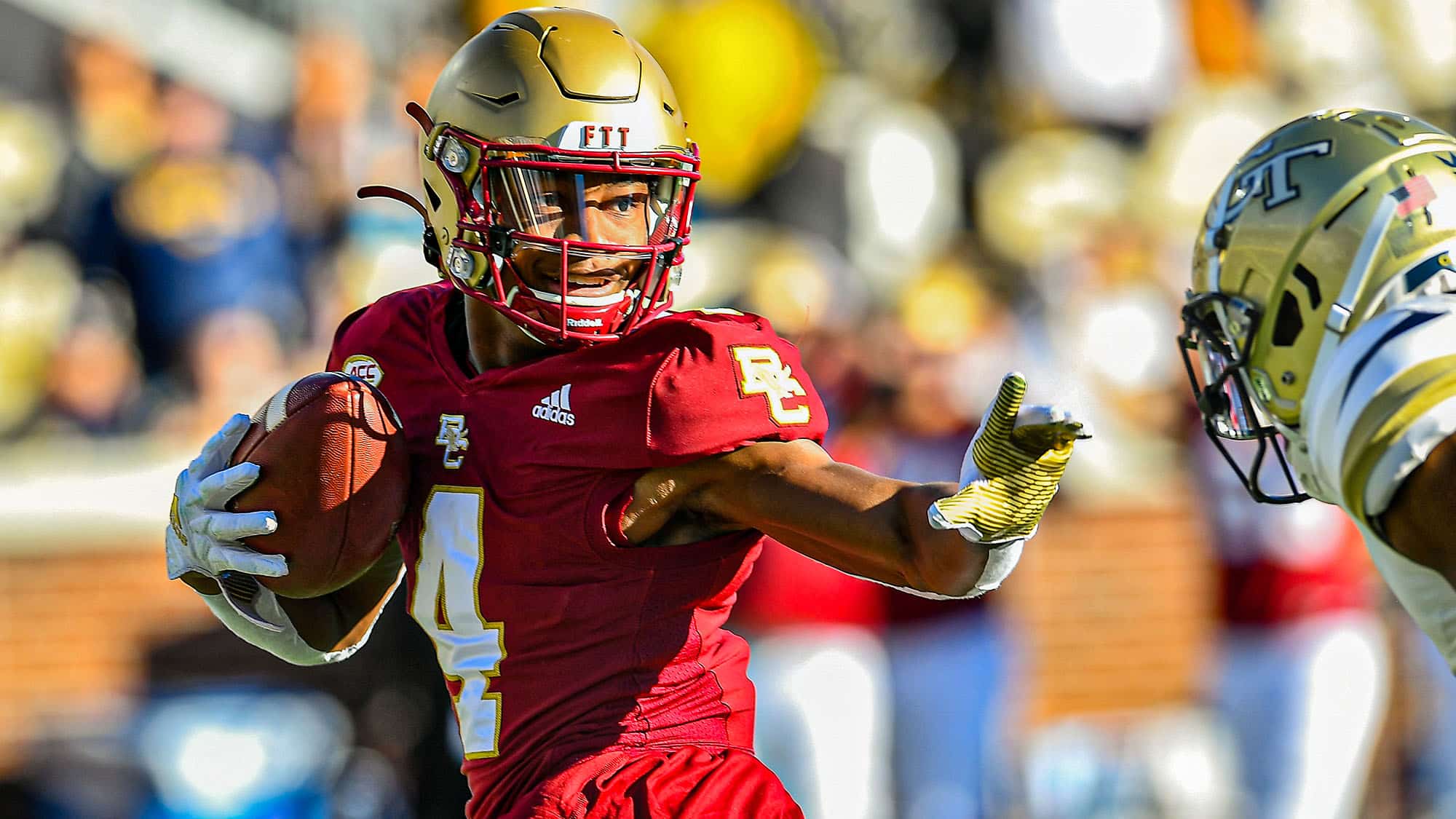
Points allowed. It is the only relevant measure. Ranking, yards mean very little. Points allowed. Saleh is and will be a failure. In addition, he has no concept of time. Coaches who can’t manage the clock have to be dismissed immediately.
Defensive performance is more variable year to year than that of the offense. If you’re set at QB and consistently provide him with a good supporting cast then it’s possible to keep completing passes and scoring points. With offense-friendly rule changes we’re seeing Maddenesque completion percentages and point scoring.
That being the case I don’t think we should pour too much cap money and draft resources into the defence. Wilson is still the most important part of the team and he still needs help in most areas (IOL, TE, WR, RB). By all means let’s get a few more blue-chip guys on defence but if we can just get that side of the ball to league average with an efficient offense we’ll be fine. With variability, that average defence will have some top-10 years anyway.
I so agree with this article. My main point of observation is the need for above average talent on the DLine. JD tried to do that this year and injuries wrecked it. He has a chance to make a run at it next spring. However to the point of the article, without some scheme flexibility (such as what Saleh showed in SanFran), this scheme can be a house of cards unless everything pans out…which almost never happens. This year is an object lesson in that reality.
I have major concerns about this scheme as well. The idea that they can give up the small stuff but not get beat by “explosives”, thinking the opposing offense will make a mistake to halt drives is past it’s time. Today’s QB’s are too good, most teams deploy a “RB committee” approach with many talented pass catchers out of the backfield, and this idea that the D line just get up field allows for easy running lanes. To be fair I do think Philly won the Super Bowl with this scheme, the “wide 9” approach as Saleh has incorporated into his plan. This Jets’ LB group is also one of the worst I’ve seen in a long, long time. Saleh has said all along the defense is morphing so my hope is once the team get the talent on the field and the system rooted, they can then make those adjustments.
Interesting perspective but I have to disagree. Players missing tackles and taking wrong angles is not about the system. Communication breakdowns and stupid penalties are not about the system. Players just looking plain old lost on the field is not about the system. Is it on coaching? Yes. Is it on the player? Yes. But it’s hard for me to blame the system when there aren’t actually many defensive systems that come to mind that have achieved greatness without great talent, and have also kept that defensive dominance for long stretches.
The Bears of the ’80s only have one Super Bowl. The Bucs and Ravens of the early 2000’s only have one Super Bowl. You mentioned the Seahawks. The 2015-16 Broncos defense had one year of glory. We saw first hand here in New York how a steady dissipation of talent made Rex Ryan’s defenses worsen every year. Todd Bowles’s system wasn’t as effective here as it was in Arizona and now Tampa because of the lack of talent. I think on defense the kind of players you have are much more important than the system you have in place.
You may want to stay Vanilla, if your players, are not tackling, missing assignments, and have a limited knowledge of the system. It is possible that we are impatient. But there comes a point where Saleh has to show flexibility and innovation, it won’t be this year